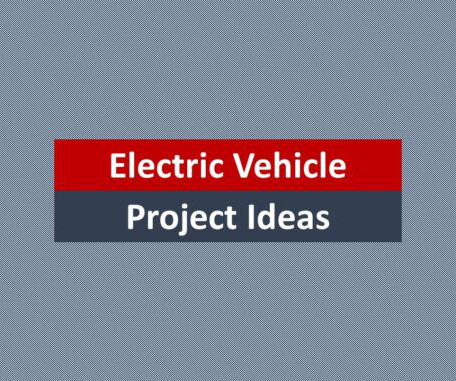National Research Council Report on Americas Energy Future Highlights Vehicle Efficiency Technologies, Conversion of Biomass and Coal-to-Liquids Fuels, and Electrifying the Light Duty Fleet with PHEVs, BEVs and FCVs
Green Car Congress
JULY 31, 2009
Developing technologies for the conversion of biomass and coal-to-liquid fuels. By 2035, cellulosic ethanol and/or coal-and-biomass-to-liquid (CBTL) fuels with carbon capture and storage could replace about 15% of current fuel consumption in the transportation sector (1.7–2.5 emissions, according to the report.




























Let's personalize your content